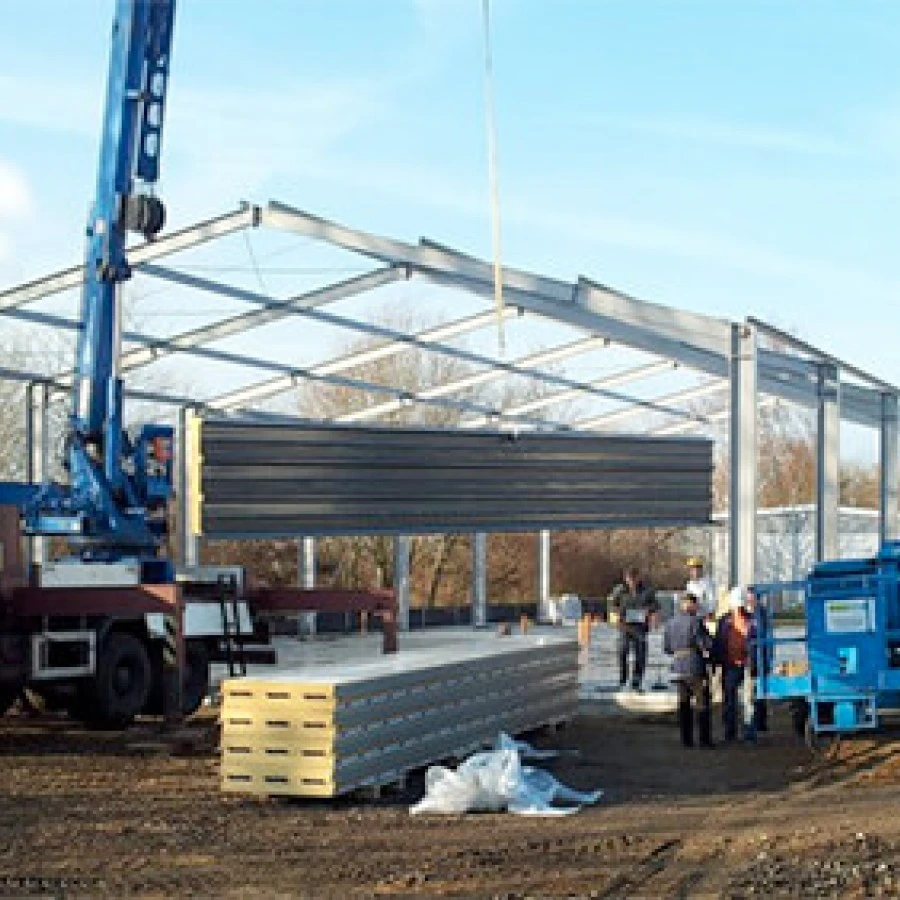- Afrikaans
- Albanian
- Amharic
- Arabic
- Armenian
- Azerbaijani
- Basque
- Belarusian
- Bengali
- Bosnian
- Bulgarian
- Catalan
- Cebuano
- Corsican
- Croatian
- Czech
- Danish
- Dutch
- English
- Esperanto
- Estonian
- Finnish
- French
- Frisian
- Galician
- Georgian
- German
- Greek
- Gujarati
- Haitian Creole
- hausa
- hawaiian
- Hebrew
- Hindi
- Miao
- Hungarian
- Icelandic
- igbo
- Indonesian
- irish
- Italian
- Japanese
- Javanese
- Kannada
- kazakh
- Khmer
- Rwandese
- Korean
- Kurdish
- Kyrgyz
- Lao
- Latin
- Latvian
- Lithuanian
- Luxembourgish
- Macedonian
- Malgashi
- Malay
- Malayalam
- Maltese
- Maori
- Marathi
- Mongolian
- Myanmar
- Nepali
- Norwegian
- Norwegian
- Occitan
- Pashto
- Persian
- Polish
- Portuguese
- Punjabi
- Romanian
- Russian
- Samoan
- Scottish Gaelic
- Serbian
- Sesotho
- Shona
- Sindhi
- Sinhala
- Slovak
- Slovenian
- Somali
- Spanish
- Sundanese
- Swahili
- Swedish
- Tagalog
- Tajik
- Tamil
- Tatar
- Telugu
- Thai
- Turkish
- Turkmen
- Ukrainian
- Urdu
- Uighur
- Uzbek
- Vietnamese
- Welsh
- Bantu
- Yiddish
- Yoruba
- Zulu
Sep . 05, 2024 23:26 Back to list
Light Steel Framing in Residential Construction
Light steel framing (LSF) has emerged as a versatile and innovative construction method in the residential sector. This technique utilizes thin, cold-formed steel sections to create a robust structural framework, providing numerous advantages over traditional wood framing. As the demand for sustainable and efficient building materials increases, LSF presents a viable solution for modern residential construction.
One of the primary benefits of light steel framing is its strength-to-weight ratio. Steel is inherently stronger than wood, allowing it to support larger loads while using less material. This attribute results in lighter structures that are easier to transport and assemble on-site. Additionally, the precision manufacturing of steel components ensures consistent quality, reducing the likelihood of defects associated with natural materials.
Durability is another significant advantage of LSF. Unlike wood, steel is not susceptible to pests such as termites and does not warp or decay when exposed to moisture. This resilience leads to longer-lasting homes that require less maintenance over time. Furthermore, steel can withstand extreme weather conditions, making it an ideal choice for regions prone to hurricanes or heavy snowfall.
light steel framing in residential construction

Sustainability is a crucial consideration in today's construction industry, and light steel framing aligns with these eco-friendly objectives. Steel is 100% recyclable, and much of the steel used in construction is sourced from recycled materials. This not only minimizes waste but also reduces the demand for virgin resources. Additionally, LSF can lead to energy-efficient homes. The precision of steel framing allows for better insulation and sealing, contributing to lower energy consumption and reduced utility bills for homeowners.
The versatility of light steel framing is evident in its design capabilities. It can be employed in a variety of architectural styles, accommodating both traditional and contemporary aesthetics. Designers and architects appreciate the flexibility that LSF offers, enabling innovative layouts and open spaces without compromising structural integrity.
Despite these advantages, some challenges remain in the adoption of light steel framing. Builders must become familiar with specific construction techniques and may require specialized tools. Additionally, ensuring proper thermal performance can be more complex compared to traditional methods, necessitating careful planning.
In conclusion, light steel framing represents a forward-thinking approach to residential construction. With its strength, durability, sustainability, and design flexibility, LSF is well-positioned to meet the needs of modern homeowners while contributing to a more sustainable built environment. As this method continues to gain traction, it holds the potential to revolutionize the way we construct our homes for generations to come.
-
Navigating the World of Steel Building Services: Who to Choose?
NewsJun.23,2025
-
How Do Steel Frame and Prefab Building Factories Shape Modern Construction?
NewsJun.23,2025
-
How Do Steel and Metal Structures Shape Modern Industrial Spaces?
NewsJun.23,2025
-
How Do Prefab Buildings of Various Sizes Meet Modern Construction Needs?
NewsJun.23,2025
-
How Do Factory Buildings and Metal Structures Redefine Industrial Infrastructure?
NewsJun.23,2025
-
Exploring Key Aspects of Industrial Building Development: What You Need to Know?
NewsJun.23,2025
Products categories
Our Latest News
We have a professional design team and an excellent production and construction team.












